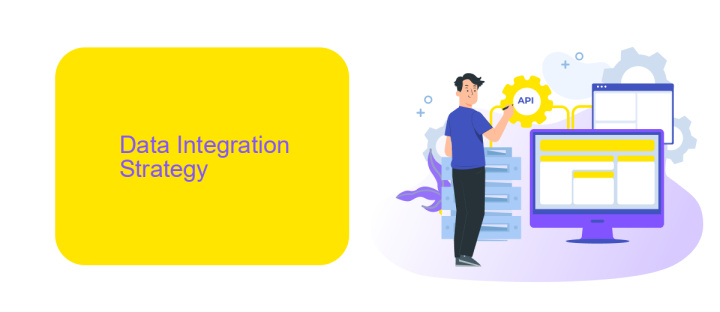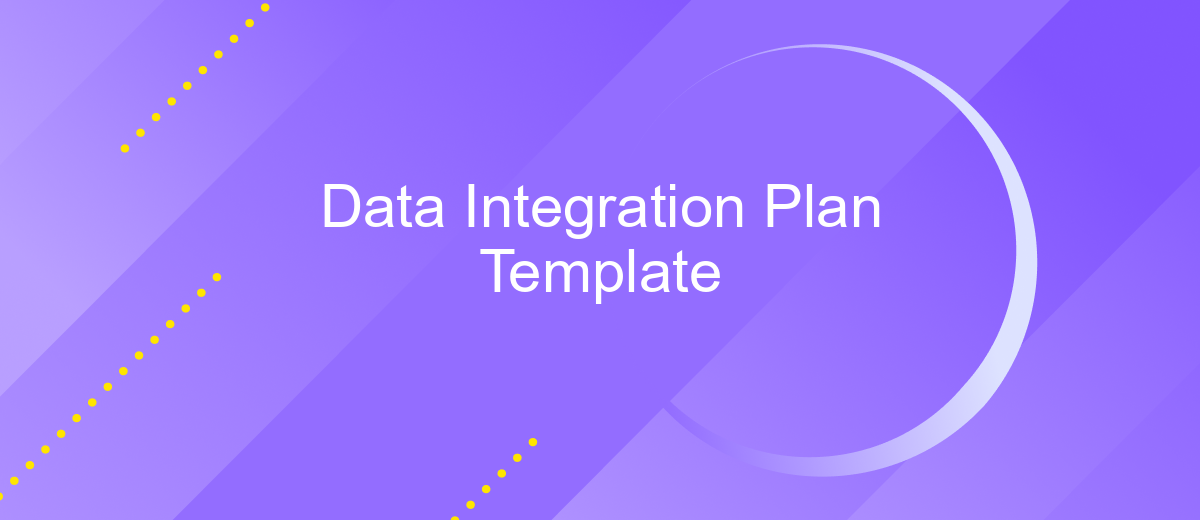Data Integration Plan Template
Creating a comprehensive Data Integration Plan is essential for ensuring seamless data flow and consistency across various systems and platforms. This template provides a structured approach to integrating data from multiple sources, enhancing data quality, and supporting informed decision-making. Whether you're managing a small business or a large enterprise, a well-defined data integration strategy is crucial for operational efficiency and business success.
Introduction
Data integration is a critical component for businesses aiming to streamline their operations and enhance decision-making processes. A well-structured Data Integration Plan Template can significantly simplify this complex task, ensuring seamless data flow across various systems and applications.
- Identify data sources and destinations
- Define data transformation rules
- Establish data validation and quality checks
- Set up data synchronization schedules
- Monitor and maintain data integration processes
Utilizing tools like ApiX-Drive can further facilitate the integration process by offering a user-friendly interface and robust features for automating data transfers between different platforms. By leveraging such services, businesses can reduce manual workload, minimize errors, and ensure that their data is always up-to-date and accurate.
Data Integration Strategy

Developing a robust data integration strategy is crucial for ensuring seamless data flow across various systems and applications. This strategy should outline the key objectives, data sources, and integration methods to be employed. It is essential to identify the data types and formats that will be integrated, as well as the frequency of data updates. Additionally, establishing data governance policies will help maintain data quality and security throughout the integration process.
To facilitate the integration process, leveraging tools like ApiX-Drive can be highly beneficial. ApiX-Drive allows for the automation of data transfers between different platforms, reducing manual effort and minimizing errors. It supports a wide range of applications and provides a user-friendly interface for setting up integrations without the need for extensive technical knowledge. By incorporating such tools into your data integration strategy, you can ensure more efficient and reliable data synchronization, ultimately enhancing decision-making and operational efficiency.
Data Integration Architecture

Data integration architecture is a critical component of any data management strategy, ensuring seamless connectivity and data flow between disparate systems. A well-designed architecture facilitates efficient data exchange, improves data quality, and enhances decision-making processes. The architecture should be scalable, flexible, and secure to accommodate evolving business needs and technological advancements.
1. **Data Sources**: Identify and categorize all data sources, including databases, applications, and external APIs.
2. **Data Integration Tools**: Utilize robust tools like ApiX-Drive to automate data integration processes, reducing manual effort and errors.
3. **Data Transformation**: Implement ETL (Extract, Transform, Load) processes to convert raw data into a usable format.
4. **Data Storage**: Choose appropriate storage solutions, such as data warehouses or data lakes, based on the volume and type of data.
5. **Data Governance**: Establish policies and procedures to ensure data integrity, security, and compliance.
Implementing a comprehensive data integration architecture requires careful planning and execution. Leveraging tools like ApiX-Drive can streamline the integration process, allowing organizations to focus on deriving actionable insights from their data. By following the outlined steps, businesses can create a robust framework that supports their data-driven initiatives.
Data Integration Implementation

Implementing a data integration plan requires careful planning and execution to ensure seamless data flow between systems. The first step is to establish clear objectives and goals for the integration, which will guide the entire process. This includes identifying key data sources, understanding the data structure, and determining the necessary transformations.
Once the objectives are set, the next phase involves selecting the right tools and technologies for integration. ApiX-Drive is an excellent choice for this purpose, as it offers a user-friendly interface and robust features to connect various applications and automate data transfer. With ApiX-Drive, you can easily configure integrations without the need for extensive coding knowledge.
- Identify data sources and destinations.
- Map data fields and transformations.
- Set up data transfer schedules.
- Monitor and troubleshoot integration processes.
After setting up the integrations, it's crucial to test the data flow thoroughly to ensure accuracy and reliability. Regular monitoring and maintenance are also necessary to address any issues promptly and to keep the integration running smoothly. By following these steps, you can achieve a successful data integration implementation that enhances your organization's data management capabilities.


Data Integration Governance
Effective data integration governance is essential for ensuring the accuracy, security, and compliance of data as it moves between systems. It involves establishing clear policies and procedures that define how data is accessed, shared, and managed across the organization. This includes setting up roles and responsibilities, implementing data quality standards, and ensuring compliance with relevant regulations. Regular audits and monitoring are crucial to identify potential issues and enforce governance policies consistently.
Utilizing integration platforms like ApiX-Drive can significantly streamline the governance process. ApiX-Drive offers robust features for automating data flows between various applications, ensuring data integrity and reducing the risk of errors. By leveraging such tools, organizations can enforce data governance policies more efficiently, maintain high data quality, and ensure seamless integration across multiple systems. Additionally, these platforms often include advanced security measures to protect sensitive information, further supporting compliance and governance objectives.
FAQ
What is a Data Integration Plan Template?
Why is a Data Integration Plan important?
What should be included in a Data Integration Plan Template?
How can I automate data integration processes?
What are the common challenges in data integration?
Strive to take your business to the next level, achieve your goals faster and more efficiently? Apix-Drive is your reliable assistant for these tasks. An online service and application connector will help you automate key business processes and get rid of the routine. You and your employees will free up time for important core tasks. Try Apix-Drive features for free to see the effectiveness of the online connector for yourself.

